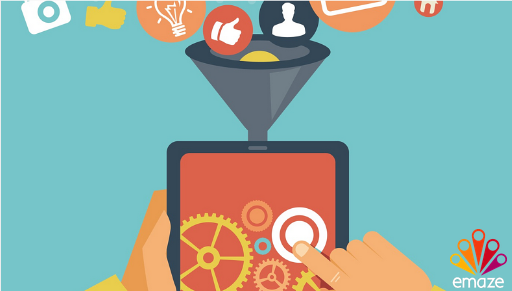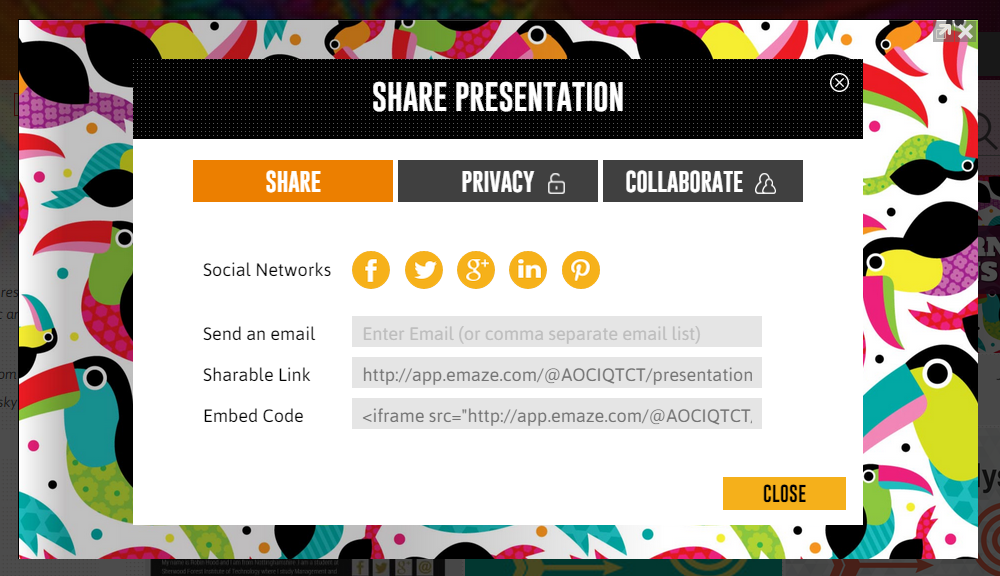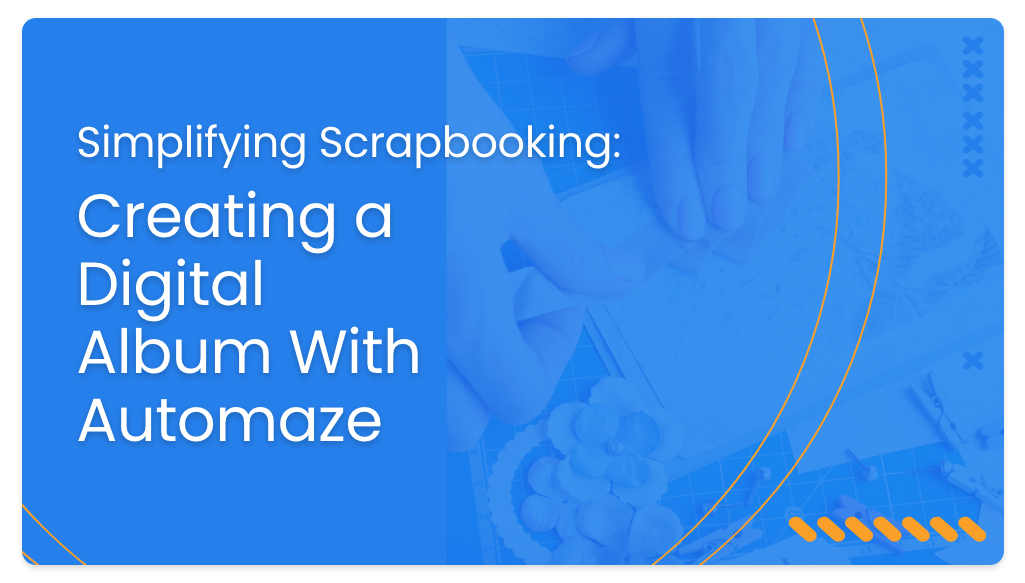What is it exactly that allows some content to get over 17 million views, when pressing news stories can hardly make it into the viral arena?
In the past, presentations were mainly used for business professionals in a conference, or when trying to portray a complex idea to a large audience. Today, in the advertising and marketing digital age presentations have also become a vital part of team’s content marketing strategies.

Your presentation is a rich form of media that not only attracts your consumer’s attention visually, but it also works to engage them by actively clicking through and interacting the entire time. This is the definitive guide to teach you all of the tricks in the book on how you can use this rich medium to get your content and your company’s message to go viral.
Why do people share things in the first place?
Before you begin to choose a topic that you think may go viral, or start picking out color schemes that you think people may like just stop and think. What makes a great presentation go viral? Lots and lots of shares on social media allows your presentation to spread like wildfire to different audiences and markets you didn’t even know existed.
In order to create content that is irresistible to social media lovers, that they can’t help but share with all of their friends we have to take a deeper look into what makes them click the share button.
In Jonah Berger’s podcast on Social Media Examiner he lays out six principles for contagious content. These are the six things deemed ‘most share-worthy’ through insurmountable research. He calls the principles the STEPPS Framework standing for:
1. Social Currency
People love to use social media to show off. Provide users with content that makes them look like a cool insider and they’ll be likely to share it with pride.

2. Trigger
A trigger is actually a psychological concept, where something embedded in your content triggers an association in the real world. Examples Berger uses are Rebecca Black’s Friday getting more views on every Friday of the week, and KitKat’s campaign associating eating KitKat with Coffee so every time users drank a coffee they would want a KitKat to go with it.
3. Emotion
Content that is physiologically arousing, that is it evokes either anger or excitement, tends to outperform and outshare any other content. Paint a picture in your audience’s head by getting to their real pain points in your presentation, then at the end provide them with your great solution (i.e. your product).
4. Public
Your great presentation should be able to stand alone as a marketing tool. Obviously provide great visuals that can illustrate and evoke emotion, but also provide some meat in there too in order to leave a lasting impression.
5. Practical Value
If your presentation involves some sort of practical value, people like to share it to help others that could also benefit. Since you could be considered an expert in your own field you have quite a bit of knowledge and expertise to be offered to any average Joe. Make sure you package this value in a simple way to make it easy to share along.
6. Stories
People have always communicated in the form of stories, every basic conversation contains a beginning, middle, and an end comprising itself as a story. Stories are a more engaging way to explain your brand because people want to stay tuned to find out what happens at the end. Make sure your product is an imperative part of your story. This way when people are talking about your viral story, your product is part of the story line.
Jonah explains these principles are like an ingredient to a recipe, you don’t have to use them all in every presentation in order for it to go viral. However, like any good recipe the more ingredients you use, the better chances for success.
Give your audience a reason to click
What entices you to click ‘watch’ on a presentation one of your friends has shared? Yes, of course if it’s a good friend or someone whose opinion you value you’re probably willing to watch or click through whatever content they share. But what about those random people on your news feed? For me, it’s something about an intriguing title that I have to click to find out more.
Leave a little mystery and curiosity in your headline for the presentation. If you call it ‘5 ways to prank your S.O on Valentine’s Day’ it’s cute but predictable. People may forgo your presentation altogether because they know basically what you’re going to say before they’ve read it. However, if you title your presentation something like ‘you won’t believe the prank this guy pulled on his GF on Valentine’s Day.’

For viral presentations or viral piece of content of sorts Upworthy puts out they write 25 different headlines. Out of these 25 headlines 24 of them are garbage, but one of them is your ticket to virility. Never settle for the first title that comes to mind, always come up with additional titles and test the waters first. Make sure your title is the perfect combination of not too vague, but doesn’t give the entire presentation away. The more people your title appeals to, the better. So although you might have come up with a super clever and witty headline, it’s best to go with the simpler one in fear that it may go over the heads of some of your potential sharers.
Lastly, give your audience something fun and aesthetically pleasing to look at. Of course your message is the most important thing, but you can’t expect them to get as far as your message if you don’t have an appealing medium. With emaze it’s seriously difficult to make a presentation look bad, all of their interactive effects, and pre-made templates make it insanely easy to plug in your message, customize with your company’s logo, and go viral in style.




